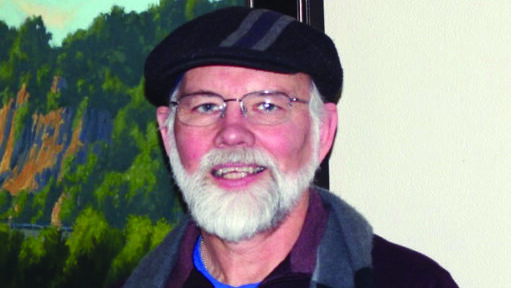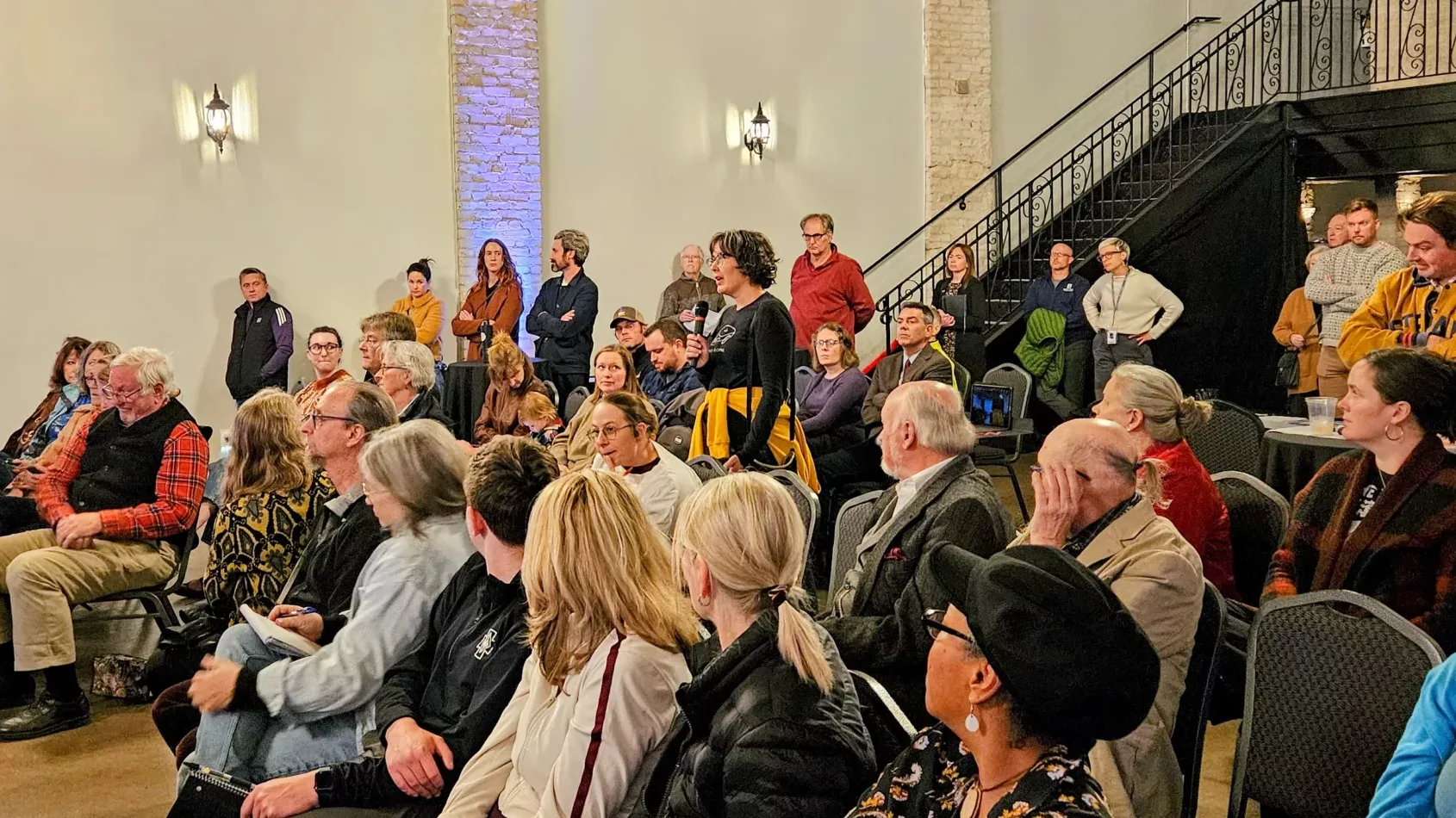Building Community
It was a sad day when the joy of playing in the darkness came to a sudden and abrupt halt. My grandfather, the patriarch of our small family dairy farm, had been convinced by a salesperson that our farm yard would be a safer place if we installed a huge flood light between the house and the barn. No longer could we run from one darkened spot to the other, hiding from the person chasing us with nothing but the small beam of a flashlight. If you were tagged by the light you were out. The darkness provided the cover, making the game fun and exciting. But, once that flood light was installed there was no more darkness in which to hide.
Although we missed the fun of flash light tag, in time I realized the bigger loss was the darkness of the evening sky punctuated by the lights of voluminous stars. On those darkened nights, sitting in our hiding places, we would look up and see the Big Dipper, the North Star, the Milky Way and stars too many to count. For a child too young to speak of mystery, the darkened skies and illuminated stars gave me a feeling of smallness and bigness at the same time. It offered an awareness of residing in a vast universe well beyond the concreteness of my daily life. At the same time, while sensing my smallness, I knew I was somehow part of something big and vast.
We lose something when we go to war with darkness, treating it as nothing more than a threat to be eliminated. In her book “Learning To Walk In The Dark,” author and Episcopal Priest, Barbara Brown Taylor observes, “it seems clear that eliminating darkness is pretty high on the human agenda – not just physical darkness but also metaphysical darkness, which includes psychological, emotional, relational and spiritual darkness.”
Many religious traditions, including Christianity, draw upon a metaphorical tension between light and darkness. As we approach the Christian celebration of Christmas, it is common to hear the quote from John’s Gospel, “The light shines in the darkness and the darkness did not overcome it.” Yet, it is noteworthy that the text never says the light overcomes darkness or eliminates darkness or is at war with darkness.
Darkness is where mystery resides. There is a reason many of us urban dwellers seek out darkened skies to observe the Northern Lights. We may understand more than ever about what causes the Aurora Borealis, but what really draws us to look up at the colors illuminating the night sky is the mystery and wonder they evoke. In this era of sharp polarization, we need the gift of mystery more than ever. The mystery hidden in darkness offers humility to all our certainties. Whether it be in a community meeting, city council, state or federal government, even family gatherings, the humility of mystery, of wondering and uncertainty, make it possible for us to listen in a way the bright lights of our certainties never can.
In the movie Conclave, Cardinal Thomas Lawrence, states: “The one sin I have come to fear more than any other is certainty. Certainty is the great enemy of unity. Certainty is the deadly enemy of tolerance… Our faith is a living thing precisely because it walks hand in hand with doubt.” Mystery is far from the sole domain of any particular religion or religion at all. The physicist and Nobel Laureate, Richard Feyman, asserts, “Doubt is not to be feared, but that it is to be welcomed as the possibly of a new potential for human beings.”
It may be that the joy of flash light tag and star gazing from our overly lit evening skies is greatly diminished, but mystery remains to be discovered in relationships, in community, in our own lives, wherever we allow for the possibility there is more yet to be discovered.








Leave a Reply